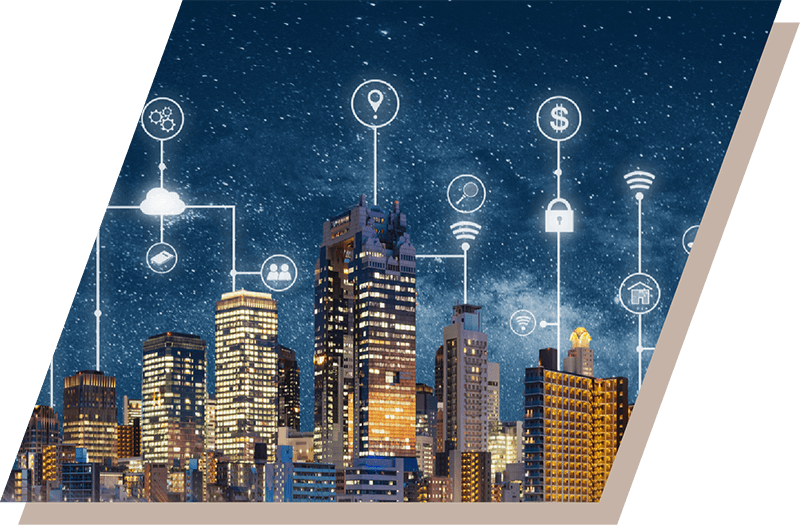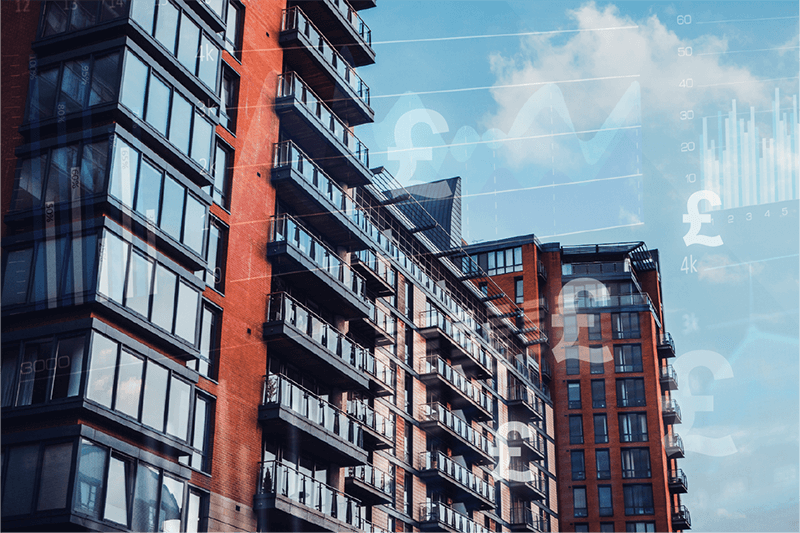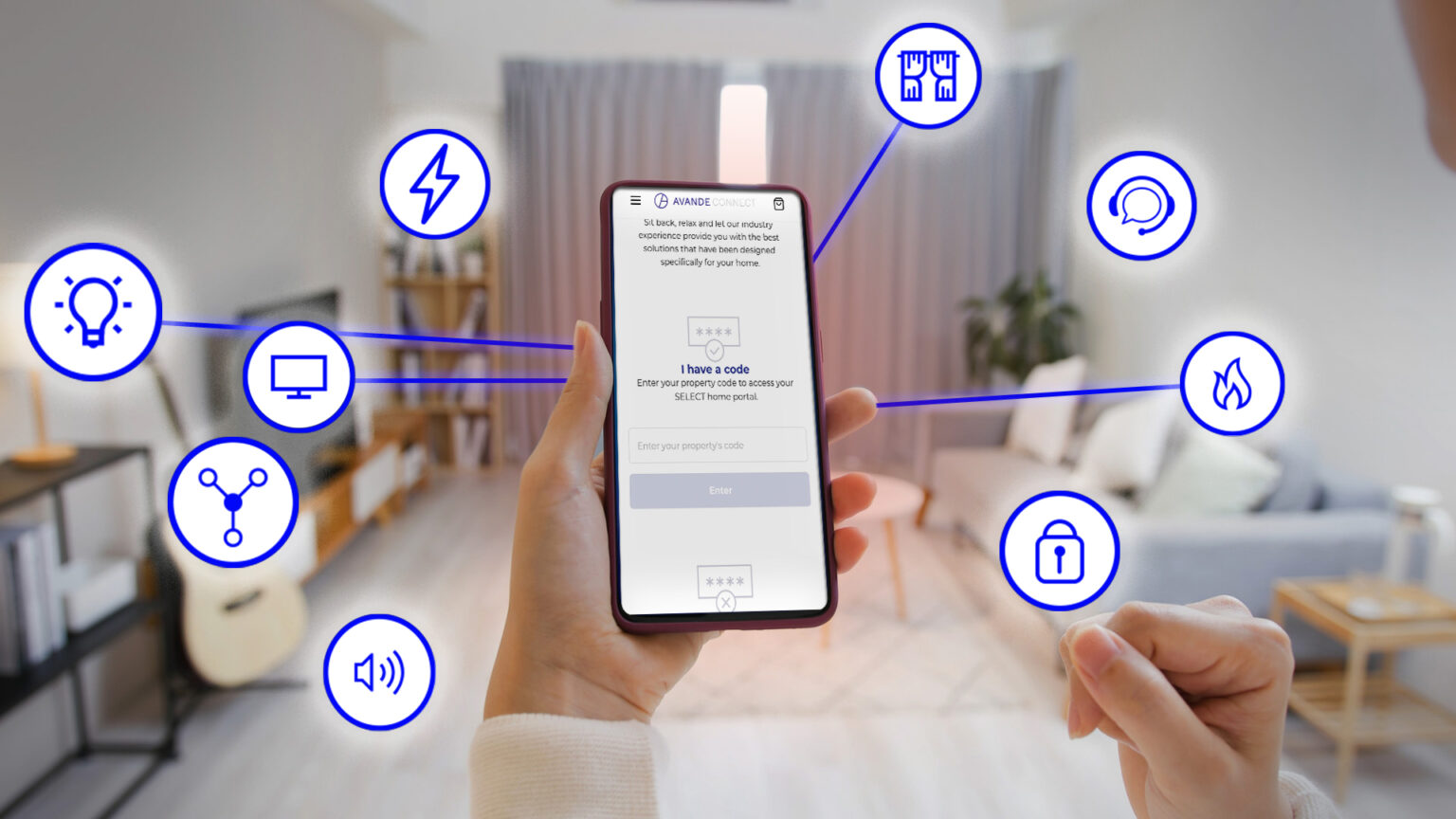The Secret of How Smart Homes Became Affordable and Achievable

Any new concept needs associated processes and logistics to make it achievable, desirable and affordable. The smart home market now stands ready to deliver on these key factors and take its development to the next level for developers and homeowners alike.
The key pillars are not always fully in place when a new concept like the smart home comes onto the market, however. Time is often needed to streamline processes and logistics to achieve product and market maturity and make the concept appealing and affordable to as wide a group as possible. For developers to feel comfortable and motivated to offer these options to their customers, the key pillars of affordability, desirability and achievability needed to be in place.
Here we explain the four steps that led to smart homes becoming the affordable, desirable and achievable option they are today:


1. Product development from high-end to mass market
The roots of the smart home concept go back further than most people realise, to the mid-1970s in fact, when a technology called X10 first allowed AC wiring to deliver control between devices installed around the home.
When smart homes first became a reality, it was fair to say it was a high-ticket proposition most often to be found in the homes of the wealthy. However, this does not single this concept out, as this is often the case with new ideas and technologies entering the home for the first time. The same was, in fact, true of electricity and central heating. What eventually happens with technologies that are desirable is that market forces and product development make them available to a wider audience.
For many years the main drivers in the smart home market were companies that concentrated on high-end, offering proprietary systems that operated in a technological silo, so customers had to purchase all their equipment from one company. High-net worth individuals were willing to do this because they were getting something ‘cutting-edge’ and ‘exclusive’.
Today the market has done a complete about face with the mantra being one of compatibility and increased cooperation. The high-end market still exists, of course, but the amount of choice, types of products and larger number of companies involved means prices have fallen to mass market levels.

2. Installation approaches more suited to the development process
All developers know that every process in a project needs to be streamlined and efficient to deliver margins and make the scheme viable and profitable. From planning, through the construction phase to fit out and finally marketing, everything has its time and place and it needs to deliver efficiency rather than introducing delays.
Smart home products and platforms have not only achieved affordable pricing for end users but shifts in how the products are installed make them much more efficient and attractive to developers.
Increasing use of, and improvement in, wireless communications means retrofitting of systems after construction or just before Day One is now a reality meaning the smart home has truly found its feet in the development process.


3. Empowering consumers with choice
Each family, individual and home is unique. To succeed the smart home has to offer something for everyone. From increased efficiency and control of utilities delivering a lower cost of living, to better comfort and aesthetics using intelligent blind and lighting systems through to any type of entertainment desired from music all around the home and exterior areas to a home cinema system. Security is also of paramount importance offering homeowners peace of mind from external threats or internal ones such as leaks and fires.
After achieving affordability, the smart home’s next step was to deliver choice allowing every homeowner to have a system that suits their lifestyle and needs.
4. Protecting developers from cost and resource risk
So, the important pillars of affordability and desirability are in-place, but how does the developer achieve all of these without any risk?
The issue has always been that the developer has no way of knowing what each purchaser will want as part of their smart home before the marketing phase begins. This final hurdle has now been removed as the smart home market has moved to online purchasing platforms where the entire interaction including cost, takes place between the homeowner and the smart home provider, the developer carries no cost or resource burden.
The buyer makes their smart home choices using an online portal dedicated to their property just before they move in, during the purchasing phase, or indeed after they have moved. The home is then furnished with what is required. The smart home provider also takes care of any support or maintenance of the system from the date of its installation.






